The arrival of a new puppy is like welcoming a bundle of energy and potential into your life. However, alongside the playtime and cuddles comes the important task of training. Good training lays the groundwork for a lifelong bond between dog and owner. In this blog, readers will find a collection of realistic and effective puppy training practices that are easy to incorporate into daily life.
What Age do you Start Training a Puppy
Training a puppy should ideally start as soon as you bring them home, which is usually around 8 weeks of age. At this stage, puppies are highly impressionable and eager to learn, making it the perfect time to begin their education. Early training helps set the foundation for good behavior and establishes a routine that will guide them as they grow.
Training a Puppy should initially start as soon as you welcome them home, which is normally around the age of 8 weeks. At this stage, the pups are eager to learn and highly impressionable which makes it the perfect time to start their training. Early stage training helps to set the first foundation for good behavior and establishes a routine that will guide them as they grow.
Puppy Training Equipment
- Collar
- Leash
- Training Treats
- Clicker
- Puppy Pads
- Chew Toys
- Crate or Puppy Pen
- Puppy-safe Cleaning Products
- Training Books or Guides
- Harness (Optional)
Here’s a breakdown of what you can focus on at different stages:
8 to 10 Weeks:
Basic Commands: Start with simple commands like “sit,” “stay,” and “come.”
Housebreaking: Begin potty training by taking your puppy outside frequently, especially after meals and naps.
Socialization: Introduce your puppy to different environments, people, and other animals to help them become well-adjusted.
10 to 12 Weeks:
Crate Training: Use a crate to create a safe space for your puppy and help with housebreaking.
Leash Training: Begin gentle leash training in a quiet area to get your puppy used to walking with you.
12 to 16 Weeks:
Impulse Control: Start working on bite inhibition and teaching your puppy to wait or stay calm before getting what they want.
Advanced Socialization: Continue exposing your puppy to new experiences to prevent fear and anxiety later on.
12 Proven Practices for Puppy Training
1. Start Early and Be Consistent
Starting your puppy’s training from the moment they come home is essential for laying the groundwork for good behavior. Consistency helps them understand and retain what they learn.
Key Points:
- Begin training immediately after bringing your puppy home.
- Use the same commands consistently.
- Ensure all family members follow the same rules and commands.
2. Use Positive Reinforcement
Positive reinforcement encourages good behavior by rewarding your puppy when they do something right. This helps them understand what’s expected and motivates them to repeat the behavior.
Key Points:
- Reward your puppy with treats,
1. Start Early and Be Consistent
Training should begin as soon as your puppy comes home. Puppies are quick learners, and early training sets the stage for future behavior. Consistency in training—using the same commands, rules, and routines—helps your puppy understand and remember what’s expected of them. A consistent approach from all family members also avoids confusing the puppy, making the training process smoother.
Key Points:
- Begin training immediately.
- Use consistent commands and routines.
- Ensure all family members follow the same rules and commands.
2. Use Positive Reinforcement
Positive reinforcement is about encouraging good behavior by rewarding your puppy whenever they follow a command or behave well. This method helps build a trusting relationship and motivates your puppy to repeat the good behavior. Rewards can be treats, praise, or playtime. The key is to reward them immediately after the desired behavior, so they make the connection between the action and the reward.
Key Points:
- Reward good behavior with treats, praise, or playtime.
- Be timely with rewards to reinforce the connection.
- Focus on positive reinforcement rather than punishment.
3. Short, Frequent Training Sessions
Puppies have short attention spans, so keeping training sessions brief and frequent is the best way to keep them engaged. Multiple short sessions throughout the day are more effective than one long session. This approach prevents frustration and keeps the training process fun and positive for both you and your puppy.
Key Points:
- Keep training sessions between 5 to 10 minutes.
- Opt for multiple sessions throughout the day.
- Focus on one or two commands per session.
4. Socialize Your Puppy
Socialization is crucial for raising a well-adjusted dog. Exposing your puppy to various environments, people, and other animals helps them become comfortable and confident in different situations. Proper socialization reduces the likelihood of fear-based behaviors and aggression as your puppy matures.
Key Points:
- Introduce your puppy to different people, places, and animals.
- Reward calm and friendly behavior during socialization.
- Expose your puppy to various sights, sounds, and textures.
5. Focus on Basic Commands First
Starting with basic commands like “sit,” “stay,” and “come” is essential for establishing control and communication with your puppy. These commands are the building blocks for more advanced training and help keep your puppy safe in different situations.
Key Points:
- Begin with simple commands: “sit,” “stay,” “come,” and “leave it.”
- Use treats or praise to reinforce the correct behavior.
- Practice these commands consistently and in different environments.
6. Crate Train for Safety and Comfort
Crate training provides your puppy with a safe and comfortable space to relax. It’s also an effective tool for housebreaking and teaching your puppy to be alone for short periods. When done correctly, the crate becomes a positive place where your puppy feels secure.
Key Points:
- Make the crate a comfortable space with bedding and toys.
- Gradually increase the time your puppy spends in the crate.
- Use the crate for housebreaking and to prevent separation anxiety.
7. Be Patient and Avoid Punishment
Patience is vital in puppy training. Puppies will make mistakes, and it’s essential to approach these situations calmly. Instead of punishment, which can lead to fear and anxiety, focus on redirecting your puppy’s behavior and reinforcing positive actions. Training takes time, and a patient, gentle approach leads to better results.
Key Points:
- Stay calm and patient, especially when mistakes happen.
- Redirect unwanted behavior instead of punishing.
- Reinforce good behavior consistently.
8. Establish a Routine
Puppies thrive on routine, as it helps them understand what to expect throughout the day. A consistent schedule for feeding, potty breaks, playtime, and training provides structure and helps with overall training. Routines make your puppy feel secure and reduce anxiety.
Key Points:
- Set regular times for feeding, potty breaks, and playtime.
- Stick to a consistent daily routine.
- A routine helps with potty training and reduces stress.
9. Teach Bite Inhibition
Biting is a natural behavior for puppies, especially when they’re teething. However, it’s important to teach them bite inhibition—learning to control the force of their bite. This is crucial for safe interactions with people and other animals. By reacting appropriately when your puppy bites too hard, you can guide them to play more gently.
Key Points:
- React with a high-pitched yelp if your puppy bites too hard.
- Stop playing for a moment to show that rough play isn’t acceptable.
- Encourage gentle play with toys and praise.
10. Use a Leash for Control
Leash training is essential for safety and control when out in public. Teaching your puppy to walk calmly on a leash prevents pulling and ensures enjoyable walks. Starting leash training early helps your puppy become accustomed to the leash and learn how to walk beside you without getting distracted.
Key Points:
- Start leash training in a quiet, familiar area.
- Reward your puppy for walking calmly by your side.
- Stop and wait if your puppy starts pulling, encouraging them to stay close.
11. Practice Patience with Potty Training
Potty training requires consistency, patience, and a good schedule. Take your puppy outside frequently and reward them for going in the right spot. Over time, they’ll learn where they should eliminate. Accidents will happen, but it’s important to remain patient and avoid scolding your puppy, as this can cause confusion and stress.
Key Points:
- Take your puppy outside frequently, especially after meals and naps.
- Use a specific command like “go potty” to create a routine.
- Reward successful potty trips immediately.
12. Gradually Introduce Alone Time
Teaching your puppy to be comfortable alone is crucial for preventing separation anxiety. Start with short periods of alone time and gradually increase it as your puppy becomes more comfortable. Provide toys or puzzles to keep them entertained, and avoid making a big fuss when leaving or returning. This helps your puppy learn that being alone is okay.
Key Points:
- Start with short periods of alone time.
- Gradually increase the duration as your puppy becomes comfortable.
- Keep departures and arrivals low-key to reduce anxiety.
How to Potty Train a Puppy without a Crate?
1. Set a Routine
- Take your puppy outside often—right after waking up, after meals, and before bed. Always go to the same spot and use a phrase like “go potty” so they know what to do.
2. Keep an Eye on Them
- Watch your puppy closely for signs they need to go, like sniffing or circling. If you see these signs, quickly take them outside.
3. Create a Safe Space
- If you can’t watch them all the time, set up a small area with puppy pads. This keeps accidents contained and makes clean-up easier.
4. Celebrate Success
- When your puppy goes outside, give lots of praise and a treat. They’ll learn that doing the right thing makes you happy!
5. Stay Calm with Accidents
- If they have an accident inside, clean it up calmly—no scolding. Use a good cleaner to get rid of any smells.
6. Keep a Schedule
- Feed your puppy at the same time every day. This helps them get into a routine and makes potty breaks more predictable.
7. Be Patient and Consistent
- Stick with it! With love and patience, your puppy will get the hang of it in no time.

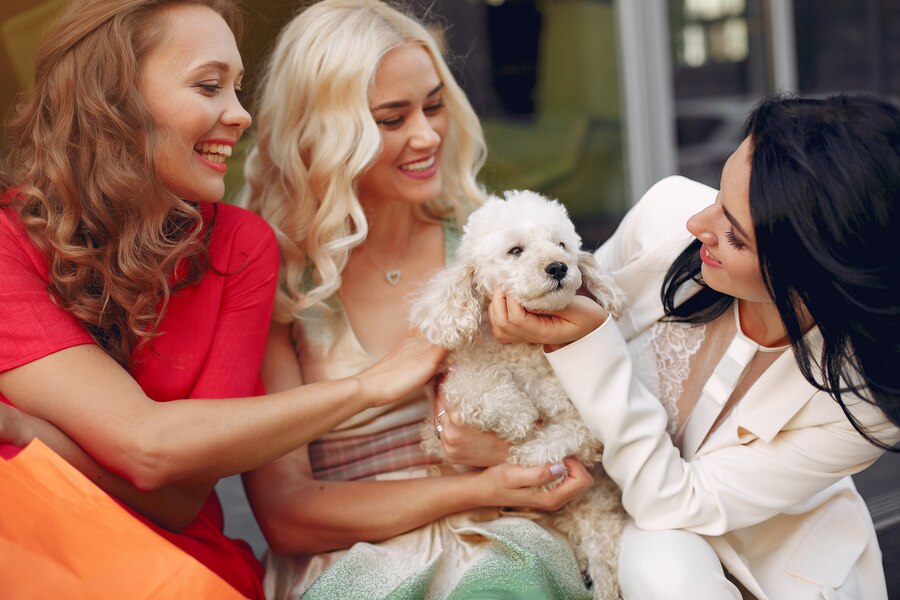
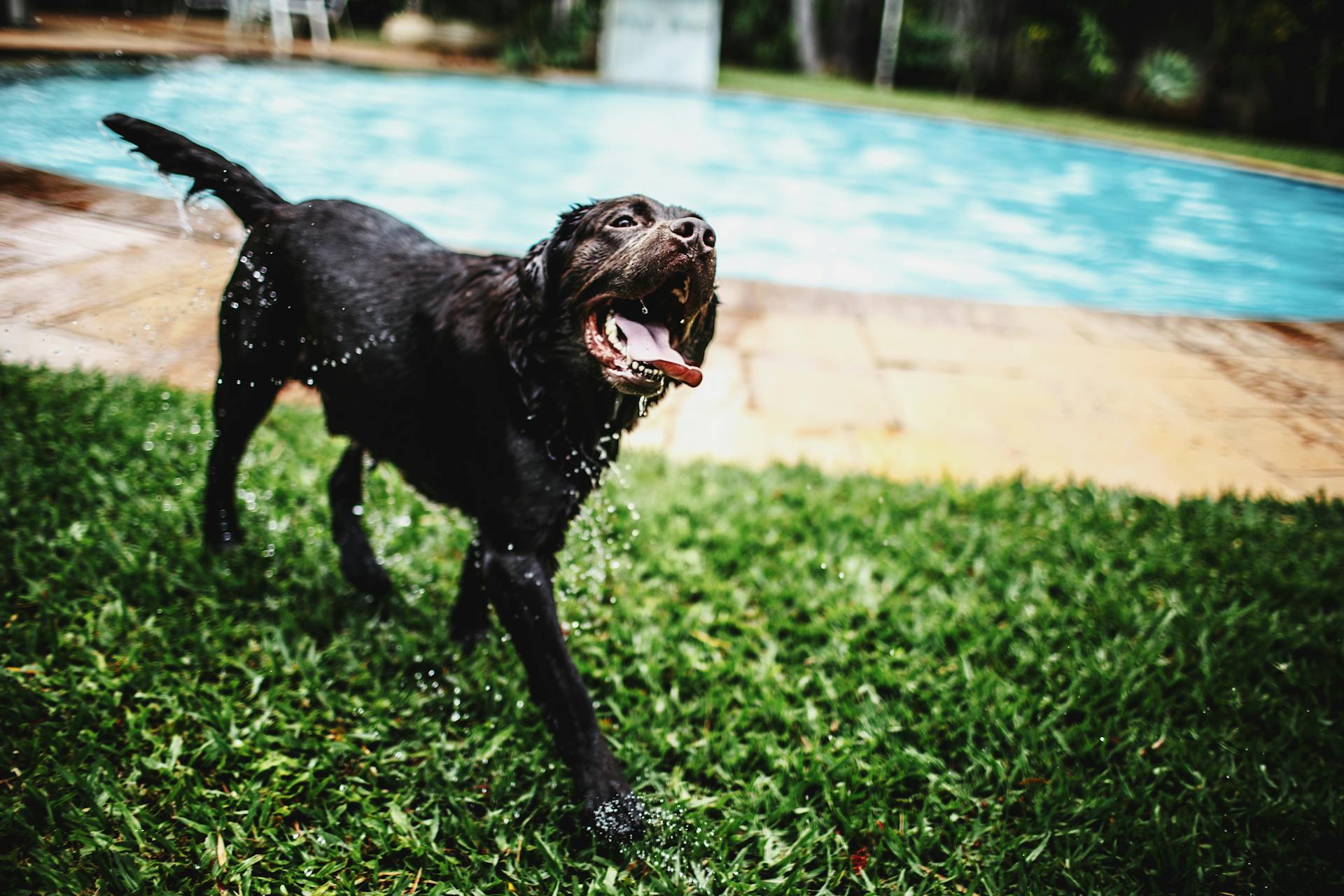
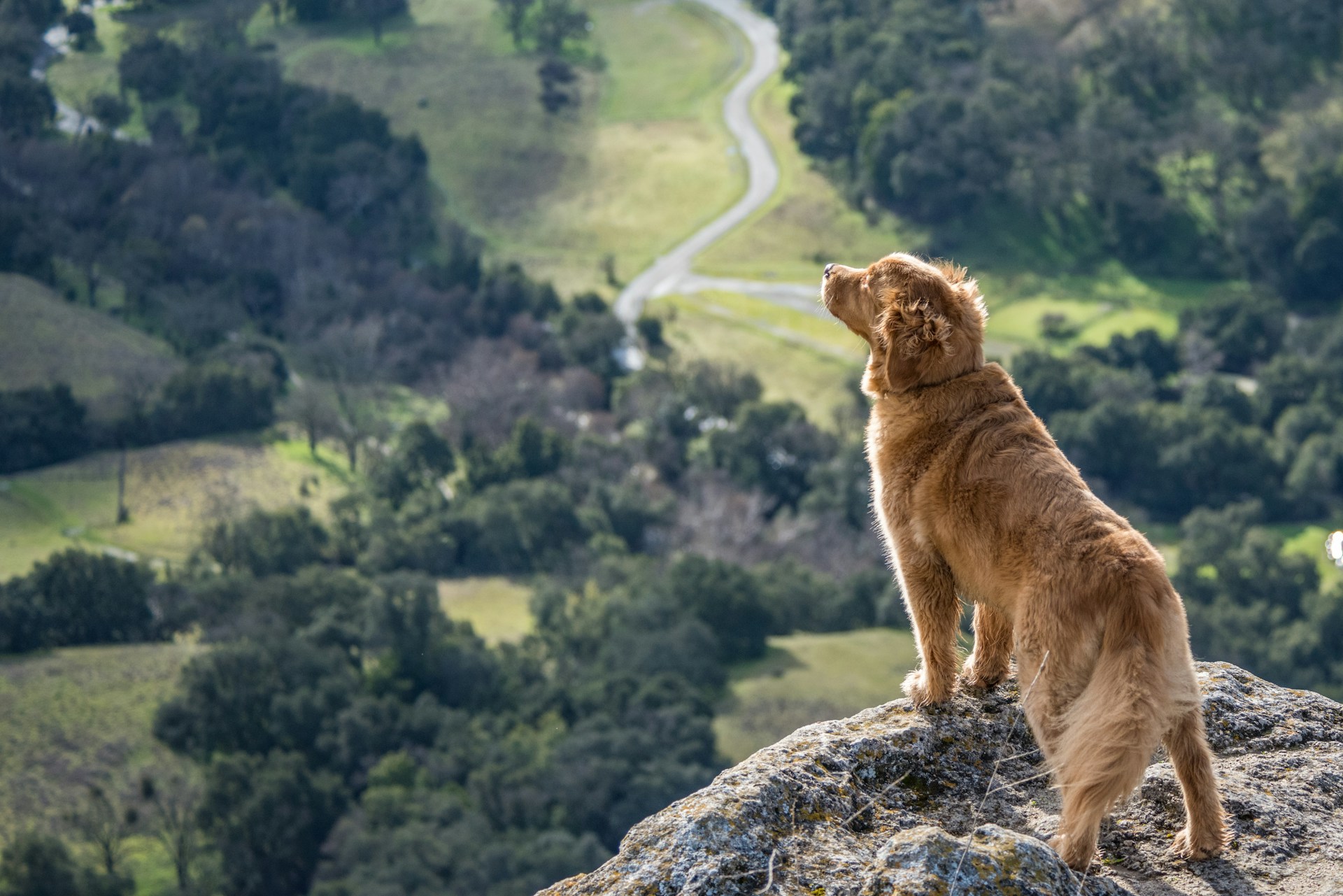
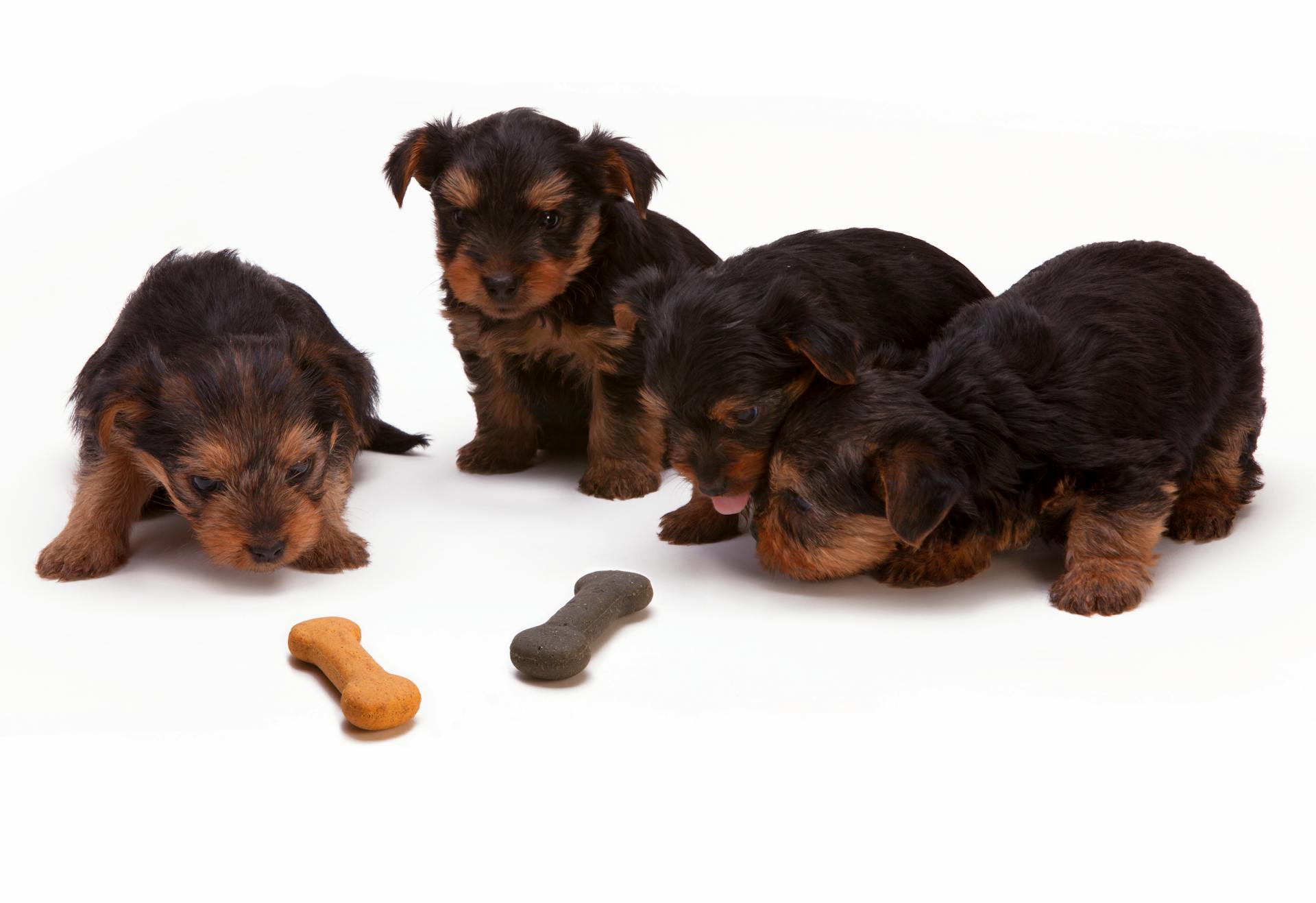
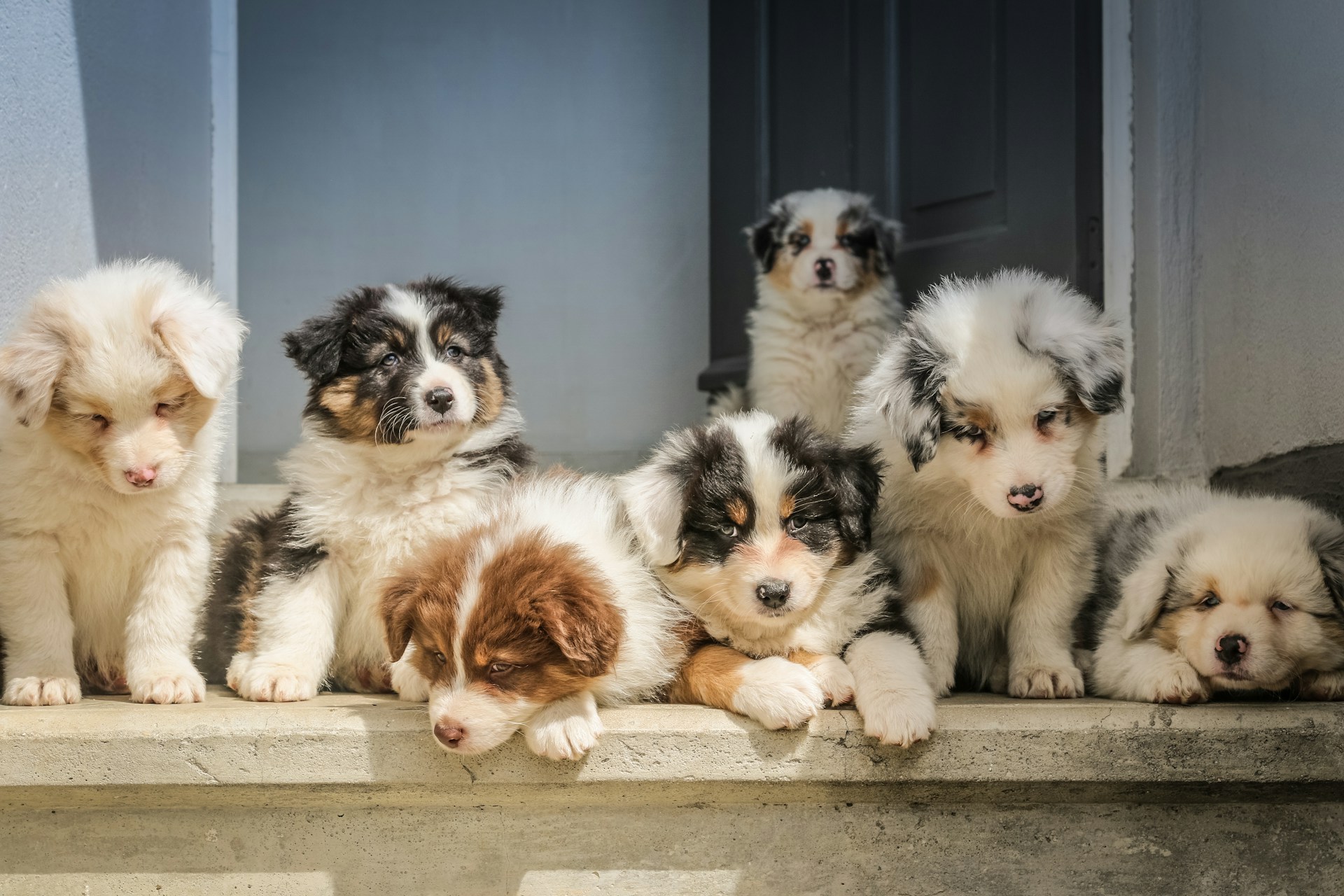
[…] that we understand why puppies bark, it’s time to implement training techniques that encourage calm, quiet […]